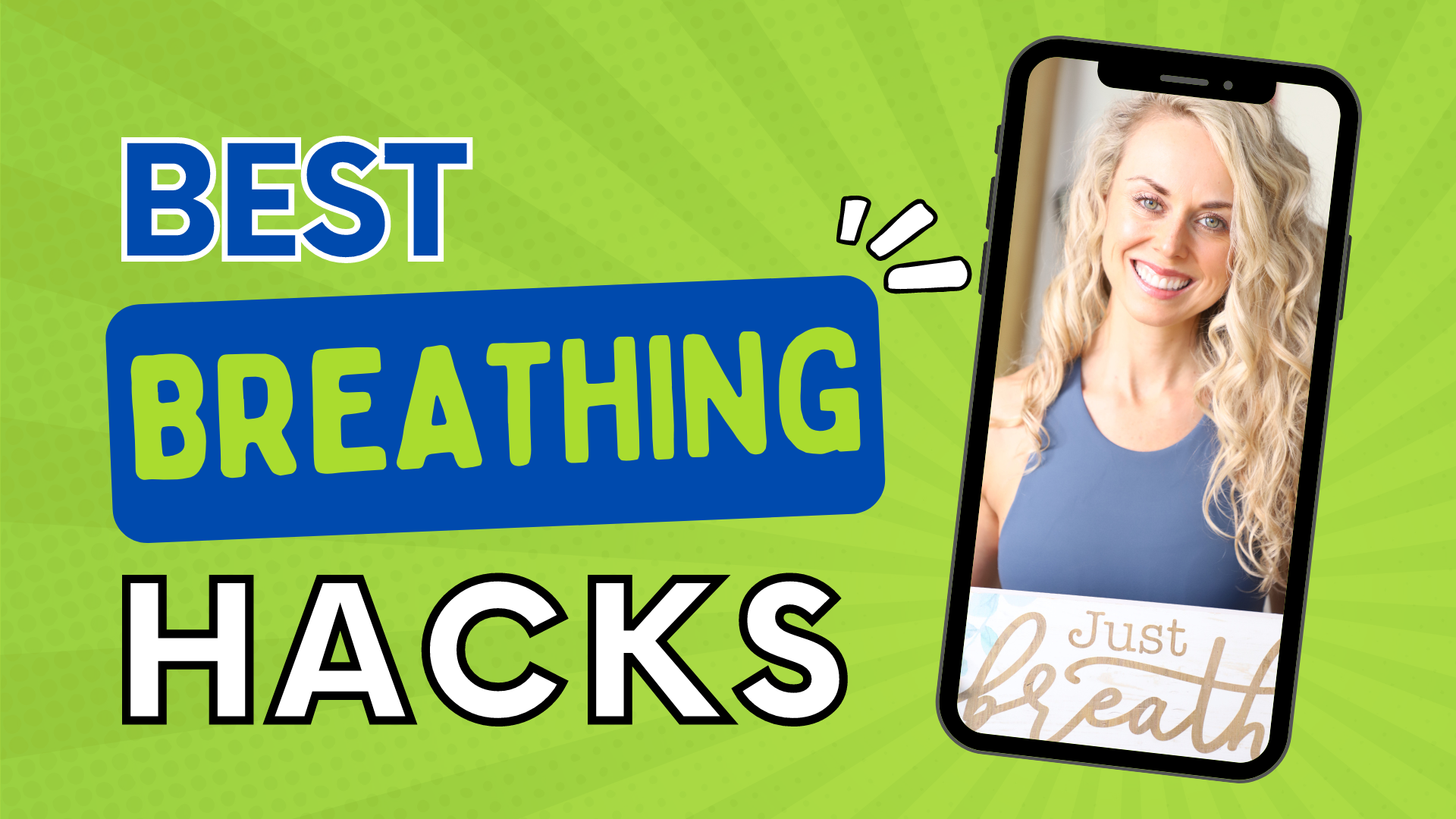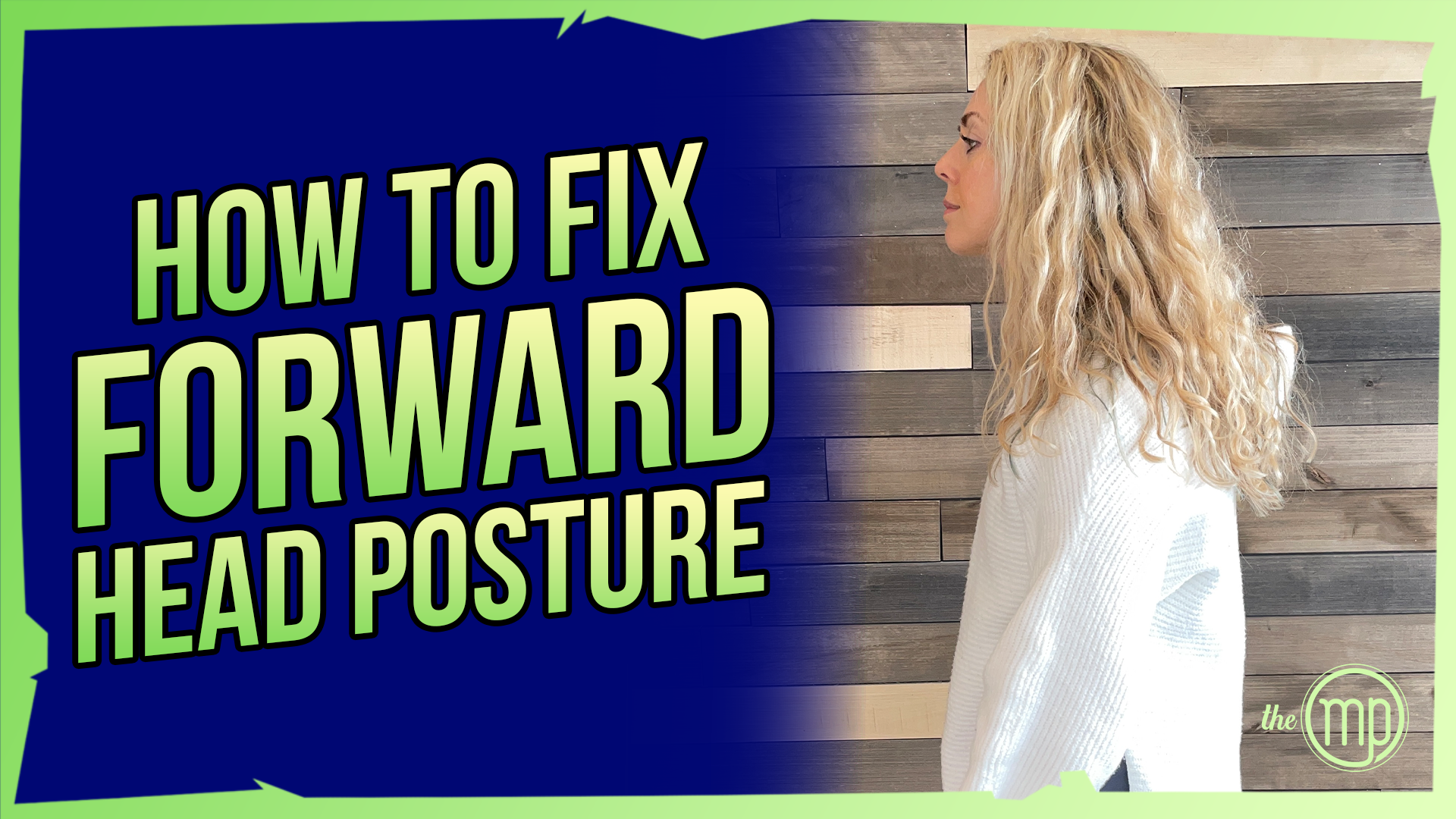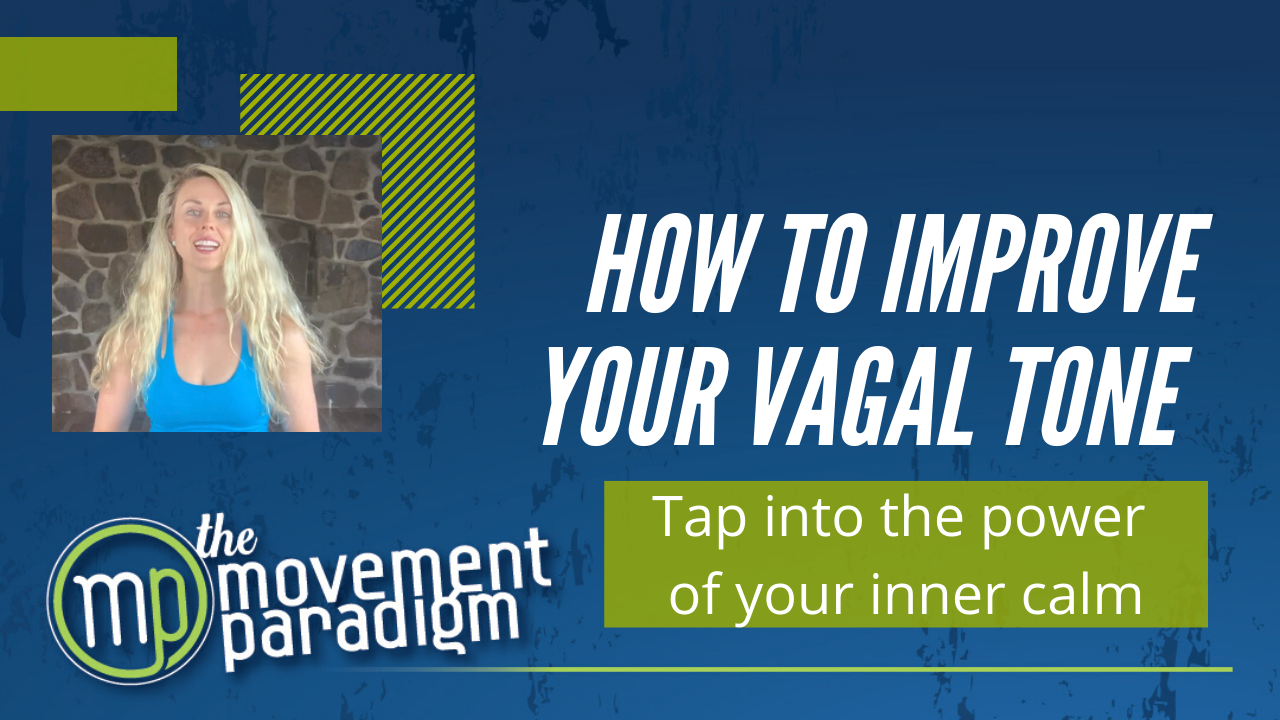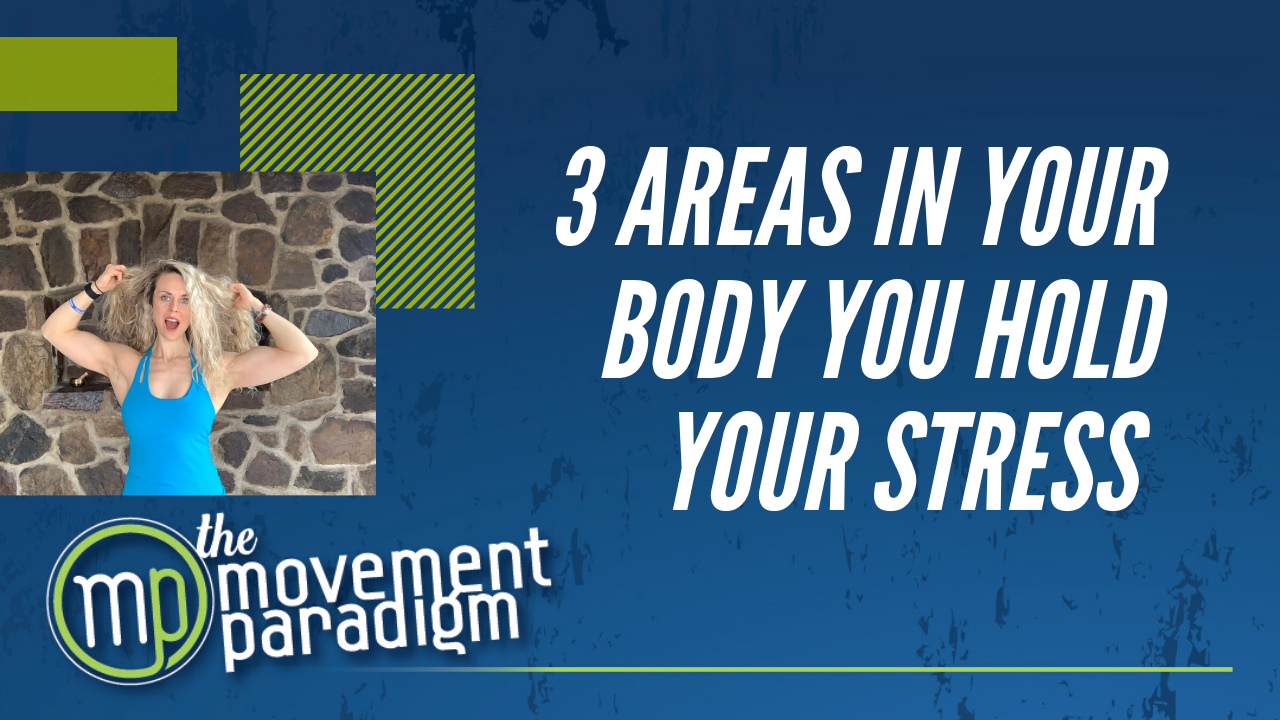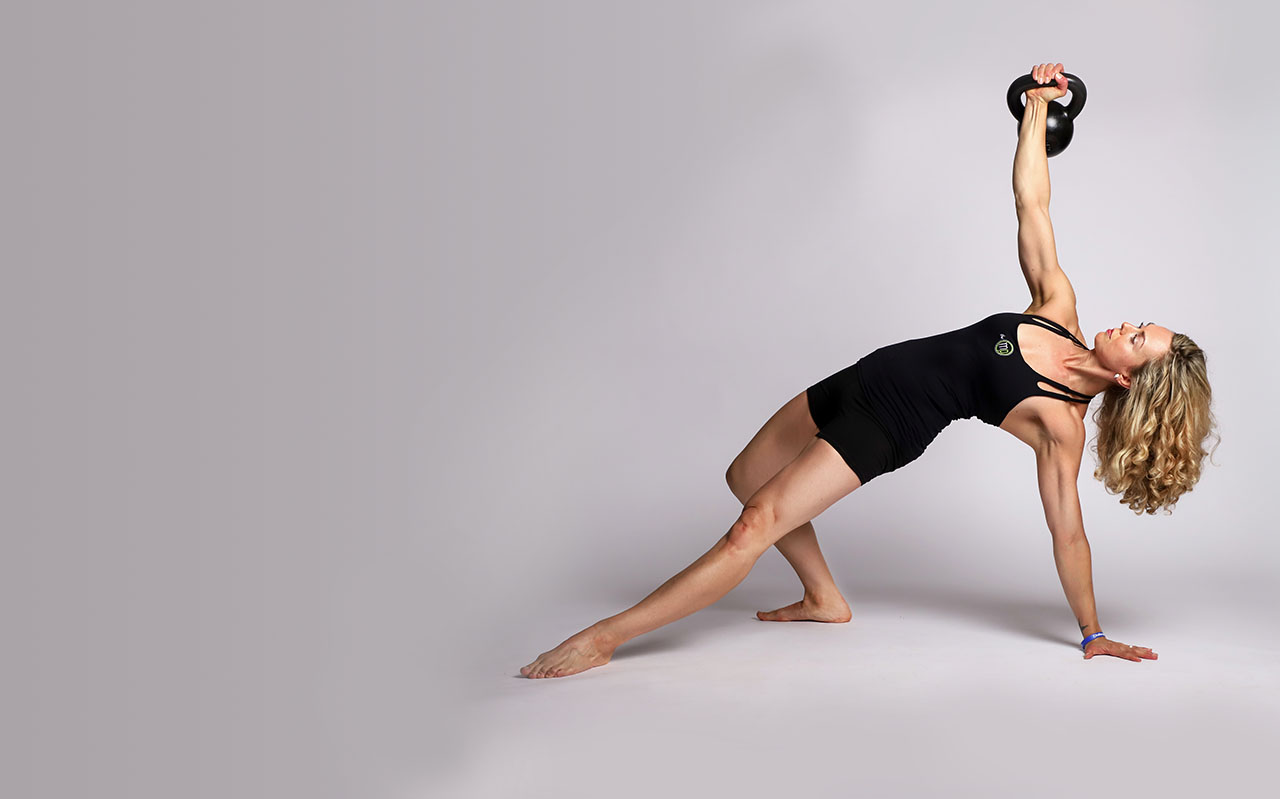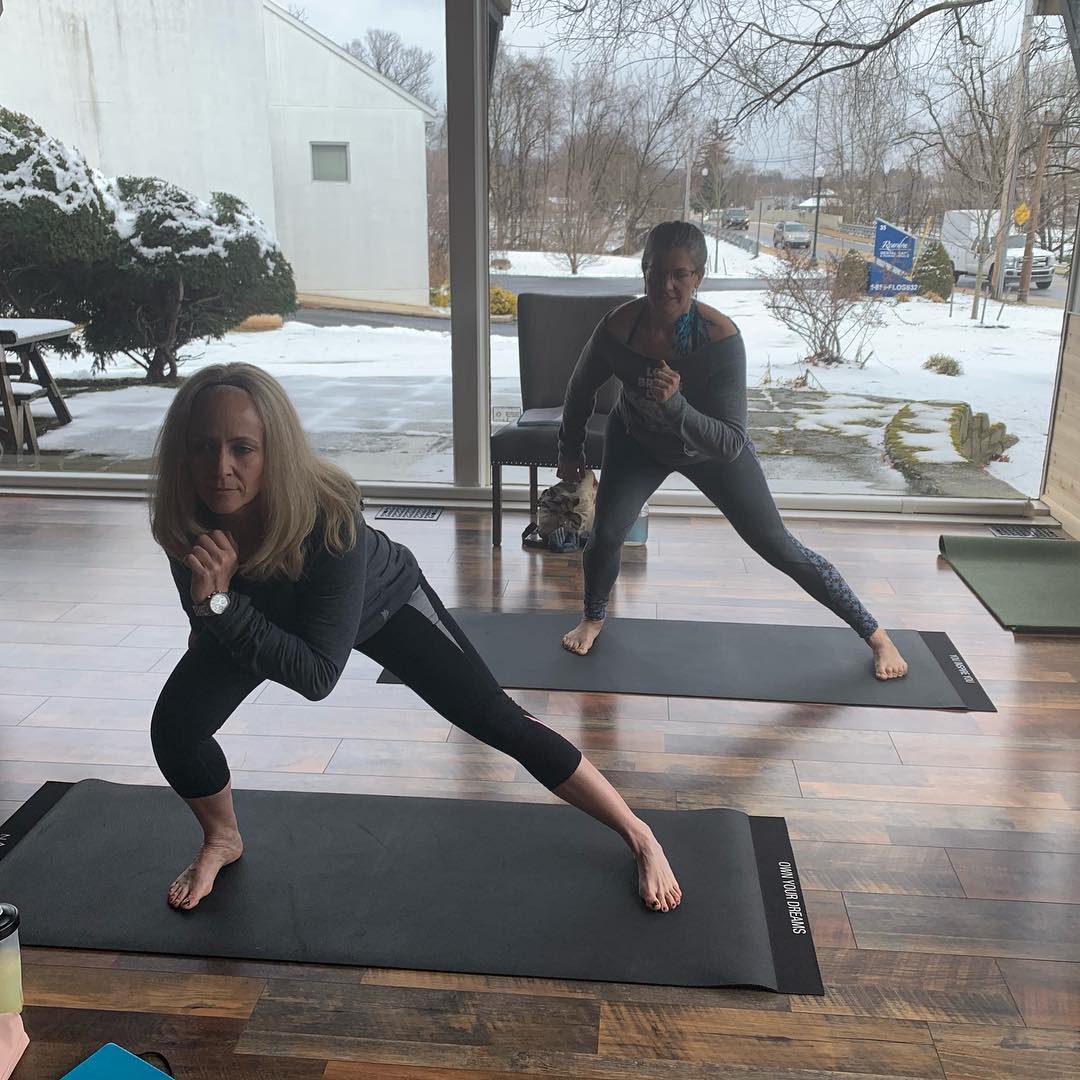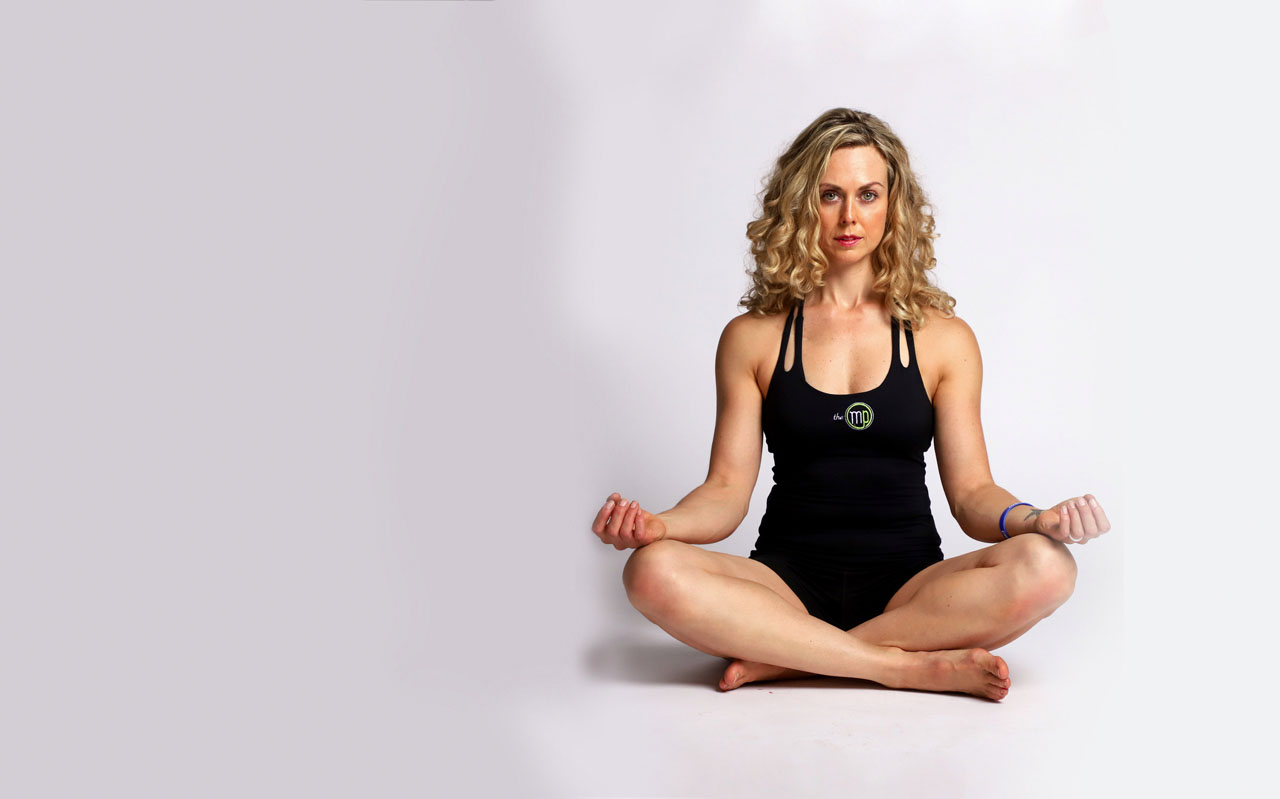Breathing — it’s something we all do without even thinking about it. But what if we told you that it could be your superpower? That’s right! Mastering your breath can lead to a host of benefits for your health and overall well-being.
In this blog post, we’ll talk about one of my absolute favorite topics: breathing is your superpower. We’ll also explore some simple yet effective tips to help you improve your airway, optimize your breath, and ultimately enhance your life. So sit back, take a deep breath, and let’s dive in.
Rather watch or listen?
Breathing Overview
It’s important to remember that we breathe 25,000 times a day, making it our most frequent activity. Breathing is our first motor program, and we do it both consciously and unconsciously. Therefore, we have a significant amount of control over our breath. However, we should not solely focus on the amount of oxygen we inhale. We should also consider the incredible gas exchange that occurs and our ability to maintain the right amount of carbon dioxide in our bloodstream.
Assessing Your Breathing
The first thing that we can do is the control pause test. However, you should only perform this test if you feel safe doing it and you do not have any medical conditions that may warrant medical clearance or supervision. It’s important to make sure that it’s appropriate for you.
Here’s a brief explanation of the test: take a natural inhale through your nose and out through your nose. After exhaling, pinch your nostrils and hold your breath and count until you feel the urge to breathe again. Then, take another inhale through your nose. The purpose of the test is to identify how much time it takes for you to have your very first urge to breathe, or sense of air hunger.
If the time is under 10 seconds, it is considered a severe breathing impairment that should be evaluated. If it’s between 10 and 20 seconds, it is still a significant breathing impairment. Ideally, you want the time to be above 30 seconds for optimal breath and airway function for life and health.
If you’re experiencing breathing issues such as sleep apnea, congestion, chronic allergies and sinusitis, chronic pain, anxiety, or depression, they can be associated with breathing difficulties and airway dysfunction.
Breathing Hacks
First, I would recommend assessing your breathing, as we just went through. But beyond that, there are so many things you can do to optimize your breathing.
Diaphragmatic Breathing
When you breathe diaphragmatically, you inhale through your nose with your tongue on the roof of your mouth and gently touching your top teeth and your abdomen expanding 360 degrees. This means your rib cage also expands laterally in the back, which is called posterolateral expansion. This expansion creates intra-abdominal pressure, which provides core stability for optimal force transfer, posture, and even mood and nervous system benefits.
While we may not always achieve full expansion, it’s crucial to consistently feel that breath pattern throughout the day. We breathe 20 to 25,000 times daily, so understanding the basic pattern of diaphragmatic breathing is essential. There is no sense in doing advanced breathing techniques if this is faulty.
Other Breathing Techniques
While diaphragmatic breathing is fundamental, many other breathing variations, such as 4-7-8 breathing, box breathing, resonant breathing, and coherent breathing, can also benefit your breathing. However, it’s essential to first understand and master the basic diaphragmatic breathing technique.
Toolkit
Okay, now that you’ve assessed your breathing, let’s focus on breathing in through your nose and out through your nose. Check if your chest is moving or if your abdomen is expanding. You have already done the control pause test, so you now have an idea of how difficult it is for you to breathe. If you experience many pelvic floor issues and cannot get your breath down to the pelvis, we need to investigate further.
There are various types of airway dysfunctions, including small nasal valves, a deviated septum, a small airway, or jaw misalignment. If the jaw is pressing back or protruding, it can contribute to a shift in your airway. Other potential issues include large tonsils, adenoids, and sinus problems. These obstructions can hinder proper breathing, so addressing them is important.
Fortunately, there are simple steps you can take to improve your breathing. To get started, let’s take a look at my little toolkit.
Xlear Nasal Spray
One highly recommended nasal spray is Xlear. It is a saline and Xylitol spray that helps to kill bacteria while keeping the nasal cavity moist. Using Xlear twice daily can help protect your immune system and open up your airway up to 35% compared to saline alone.
In case of exposure to allergies, sickness, or illness, you can use Xlear Rescue Nasal Spray. It has oregano, parsley, and xylitol, which can help kill bacteria and keep the nasal cavity healthy. This is meant for short-term use. If you are someone who experiences these things frequently, this is a must!
Mutes
Mutes are small nasal dilators that can help open up the airway by up to 38 percent. These devices are placed in the nose, especially during sleep, to open up the airway from the nasal valve perspective. Mutes can improve sleep and breathing, especially for people who suffer from a dry throat or constant sickness.
Mouth Taping
If using Mutes works well, you can try expanding to mouth taping. Consider this an evaluation at first; once you’ve evaluated the nasal valves and they are successful, then you can explore the taping during waking hours only at first. Other options if Mutes are unsuccessful could be Breathe Right strips. If you have assessed that it was a huge improvement, you could try mouth taping.
Nexcare is a good brand for sensitive skin and works really well. You can try it during the day to see if you can tolerate it. However, if you have a severe nasal obstruction or airway obstruction, you may not be able to tolerate it, and it’s not safe. So, it’s important to be objective about your analysis and know that great resources are available to evaluate your airway and take the next steps to know exactly what’s happening in your airway.
Don’t Settle for Poor Breathing
Breathing is the foundation of life, movement, and overall health. If you’re not breathing properly, and you’re not nasal breathing, there are so many implications on your health. So, you want to make sure that you assess your breathing objectively and find the right support to help you on your breathing journey. This could look very different for many people, whether it’s orthotics, mouth taping, or getting their deviated septum repaired.
Don’t settle for just being a mouth breather or snoring at night. Think about the implications for your health!
If this was helpful, make sure you give it a like, share it, and subscribe to our YouTube channel, The Movement Paradigm, for weekly tips on mindset, nutrition, and movement. Please reach out to us for any help with your breathing, health, or movement. We would love the opportunity to help you improve your energy.
I hope that this was helpful. If you love eggs, definitely give it a like, give it a share, and make sure to subscribe to our YouTube channel, The Movement Paradigm, for weekly tips on mindset, nutrition, and movement. I look forward to seeing you next time.
Other things that might interest you:

